- Home
- Support for obtaining research funding
- Challenging Research Award
Challenging Research Award
- Home
- Support for obtaining research funding
- Challenging Research Award
Challenging Research Award
English Name : Science Tokyo Challenging Research Award
Overview
To encourage young faculty members at Science Tokyo to engage in challenging research, Science Tokyo has established the Challenging Research Award for creative, up-and-coming researchers who boldly pursue the promotion of the most advanced research in the world, pioneering of new fields of study, innovative development of new research, and important issues that are difficult to solve. We commend the recipients of this award and provide them with financial support for their research. Many of the researchers who won this award have also gone on to win the Commendation for Science and Technology by the Minister of Education, Culture, Sports, Science and Technology. In 2025, 9 researchers were selected and 3 of them won the Suematsu Challenging Research Award.
Throughout the selection, Research Development Center make sure the present research trends by the early career researchers and keep setting many opportunities to support them.
FY2025 Requirements for Recommendation
*Only in Japanese.
*This award is only available to recommended individuals.
*Screening for FY2025 has been completed.
FY2025 Award Winners
The 24th Science Tokyo Challenging Research Awards went to nine researchers each of whom will receive a research grant. Three of the awardees were also selected for the Suematsu Challenging Research Awards for outstanding research.
| Name | Affiliation | Title | Research topic ★the Suematsu Challenging Research Award |
|---|---|---|---|
| Daiki Nishiguchi | Department of Physics, School of Science |
Associate Professor | Active matter medical engineering via the topology of collective cell migration |
| Taishi Noma | Department of Electrical and Electronic Engineering, School of Engineering |
Assistant Professor | Development of orbital devices using biomolecules |
| Wan Ting Chiu | Department of Materials Science and Engineering , School of Materials and Chemical Technology |
Associate Professor | Establishment of fundamental principles and development of novel technologies for the development and recycling of complex composites |
| Takuto Soma | Department of Chemical Science and Engineering, School of Materials and Chemical Technology |
Assistant Professor | High-throughput exploration of multinary nitride materials |
| Takumi Ohashi | Department of Transdisciplinary Science and Engineering, School of Environment and Society |
Associate Professor | A Competency Model and Training Program for Socio-technical Transition Designers |
| Daisu Abe | Department of Neurosurgery,Graduate School of Medical and Dental Sciences | Assistant Professor | Development of machine learning models for severity stratification and deterioration monitoring in patients with traumatic brain injury. |
| Kyohei Hisano | Laboratory for Chemistry and Life Science, Institute of Integrated Research |
Assistant Professor | ★Design of Mesoscopic Order and Functionalization of Polymers Based on Polymerization Space Dynamics |
| Kenta Iitani | Laboratory for Biomaterials and Bioengineering, Institute of Integrated Research |
Junior Associate Professor | ★Development of noninvasive real-time biosensors for predictive health |
| Kensuke Miyake | Institute of Integrated Research | Associate Professor | ★Elucidation of human basophils in atopic dermatitis |
Comments from the Suematsu Challenging Research Award winners

<Junior Associate Prof. IITANI>
Laboratory for Biomaterials and Bioengineering
I am very honored to receive the prestigious Science Tokyo Challenging Research Award and the Suematsu Special Award. It is a humbling experience to be counted among the recipients of this award, which has a history dating back to fiscal year 2002. I would like to express my sincere gratitude to Professor Kohji Mitsubayashi, Director of our department, as well as to the professors in the School of Medicine and School of Dentistry who have collaborated with us in interdisciplinary research across medicine, dentistry, science, and engineering. I am also sincerely thankful to my collaborators and to my family, and all those who have supported me along the way.
Sensors are now ubiquitous in society, and wearable devices for monitoring medical and health conditions are widely available in the market. However, compared to the use of physical sensors that measure physiological properties such as heart rate and body temperature, the practical application of chemical sensors for detecting biochemical information remains limited. In this research, we focus on “transcutaneous gas” that allows us to evaluate metabolic states noninvasively. We are working to develop optical biosensing devices that employ enzymatic reactions to selectively and continuously measure specific molecules in real-time. We envision a future in which wearable devices enable personalized health check-ups and early screening of diseases by integrating advanced data processing with a wide array of sensors.
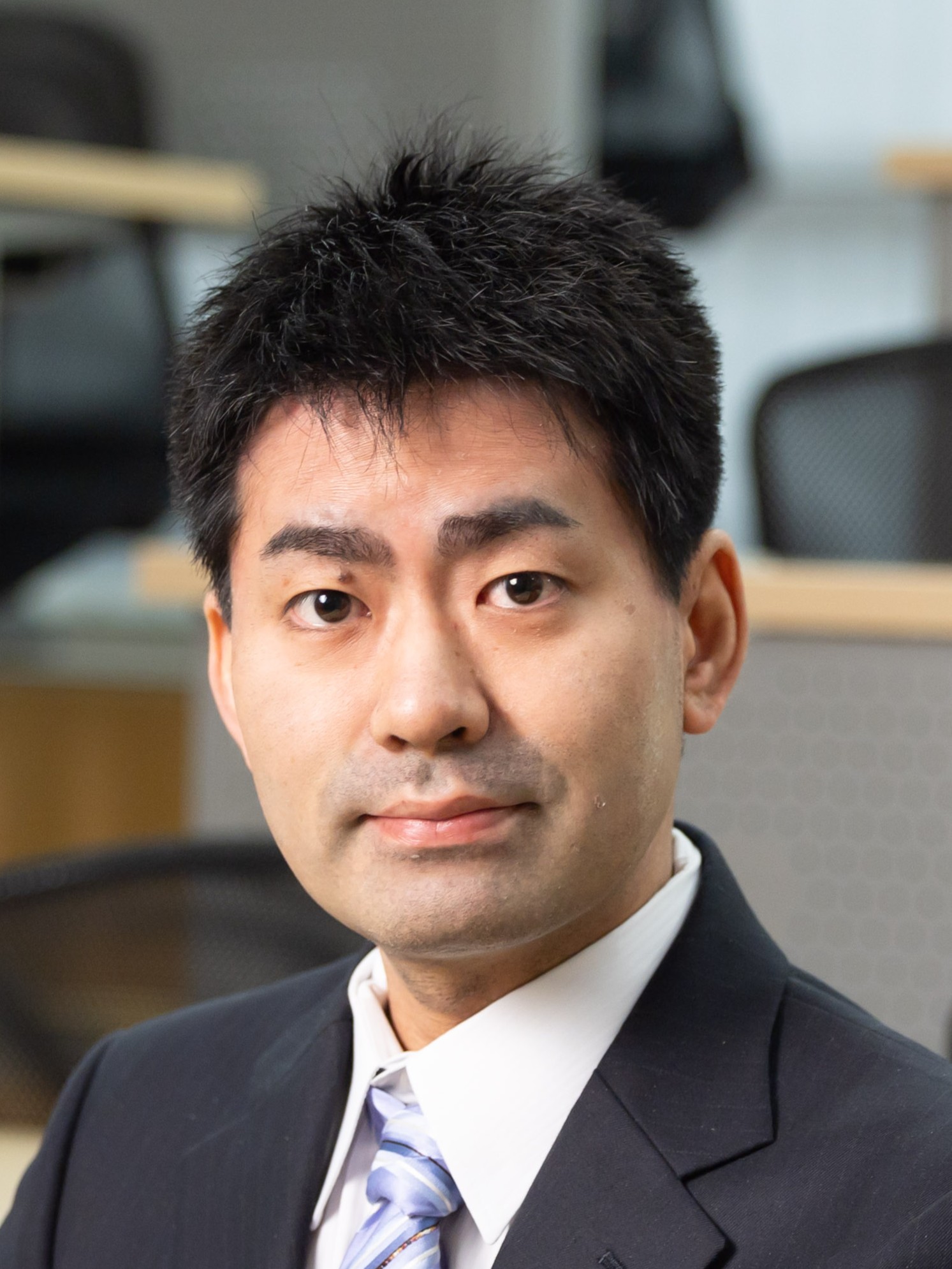
<Associate prof. MIYAKE>
Institute of Integrated Research
I am deeply honored to receive the prestigious Institute of Science Tokyo Challenging Research Award and the Suematsu Special Award. I would like to take this opportunity to express my sincere gratitude to Professor Hajime Karasuyama and all the faculty members and students who have supported my research.
Basophils are extremely rare immune cells, accounting for only 0.5% of peripheral blood leukocytes in both humans and mice. Their physiological functions remained largely unknown for many years. However, recent studies using mouse models have revealed that basophils play a crucial role in allergic diseases such as atopic dermatitis. Nonetheless, the specific roles of basophils in human diseases, particularly in patients with atopic dermatitis, remain poorly understood.
The awarded research aims to elucidate the function of human basophils in patients with atopic dermatitis using cutting-edge, highly sensitive single-cell RNA sequencing technology. Ultimately, this work seeks to lay the foundation for the development of novel basophil-targeted therapies.
Award Ceremony
The award ceremony was held on September 4.
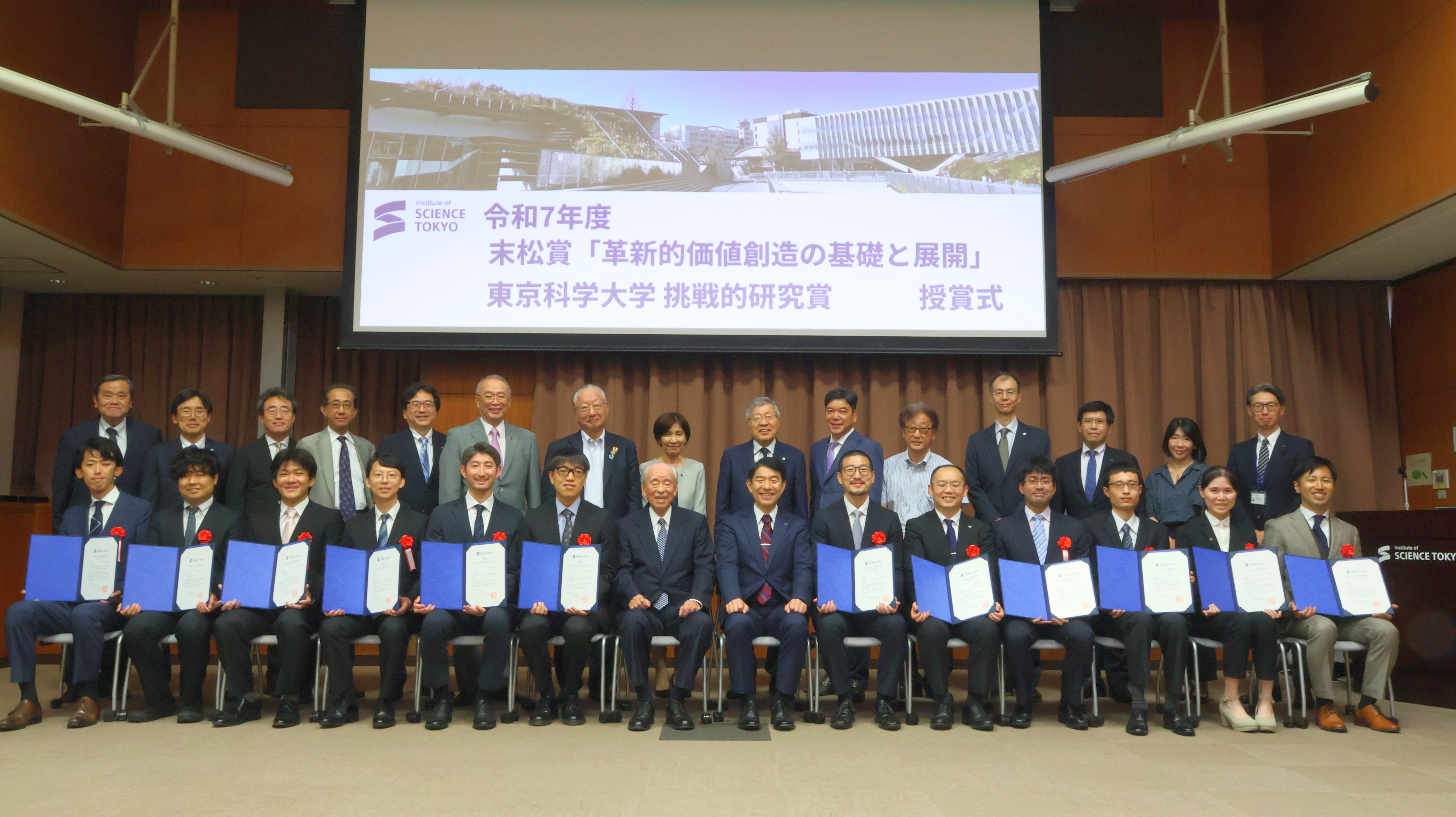
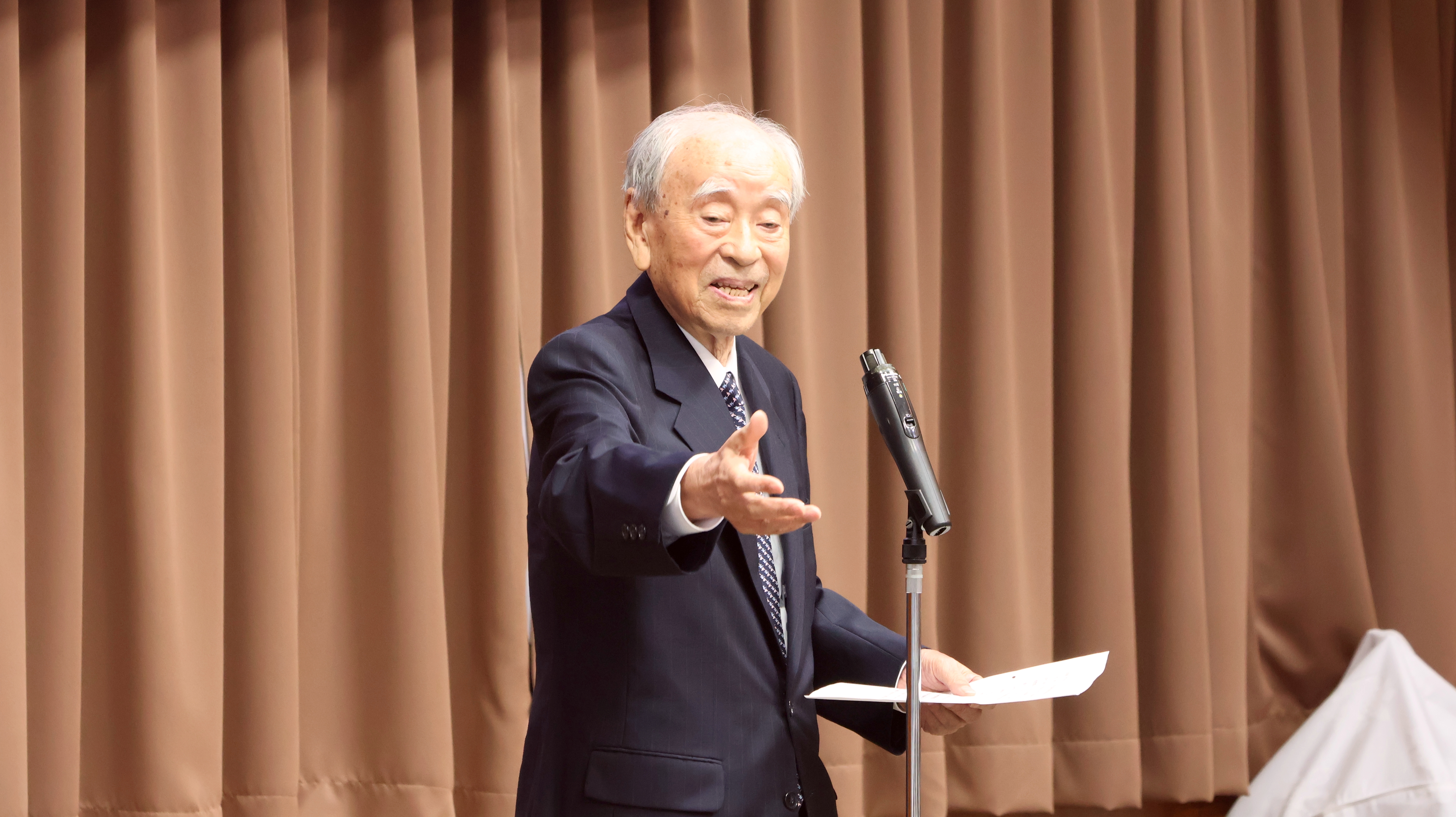
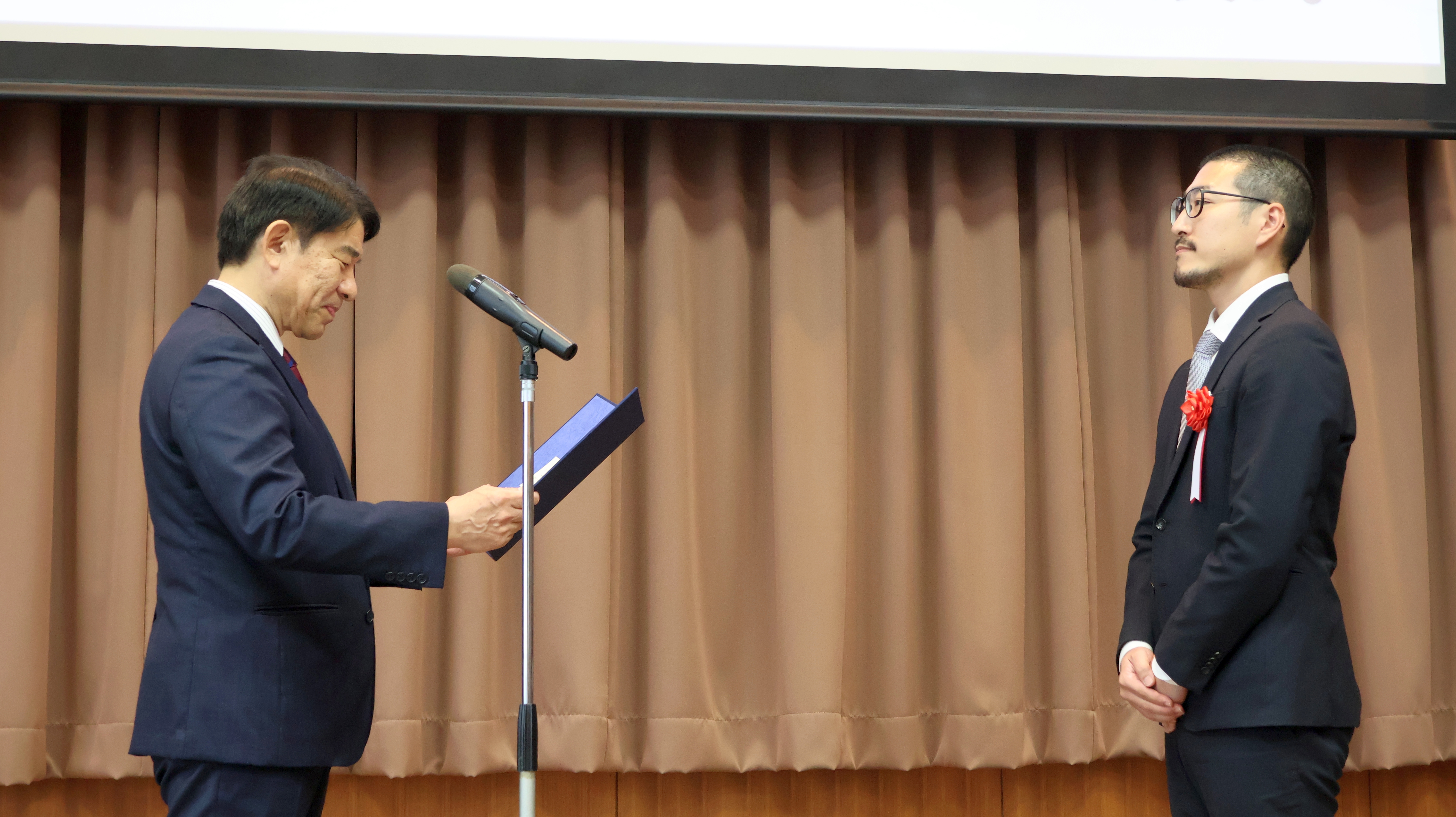
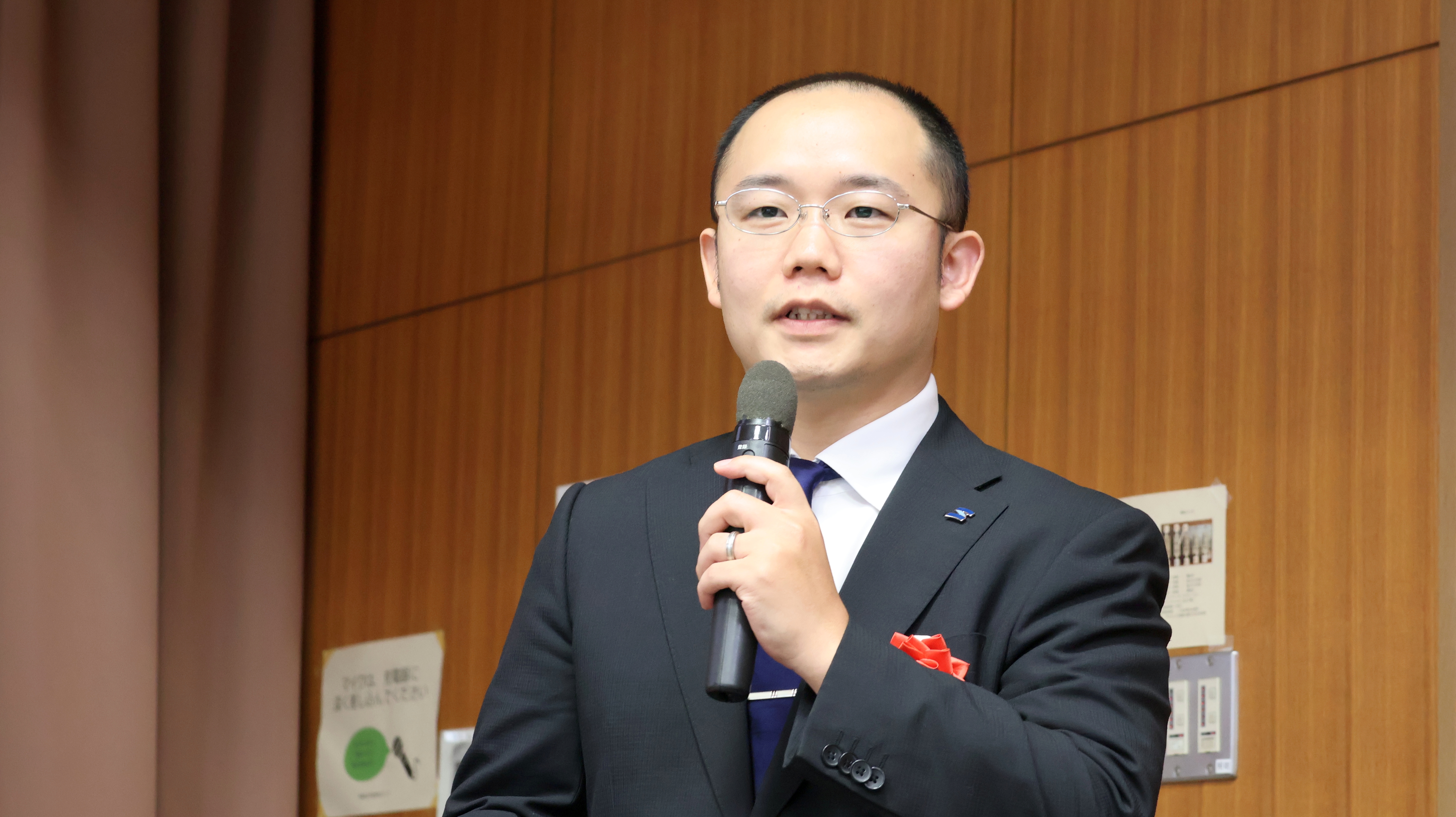
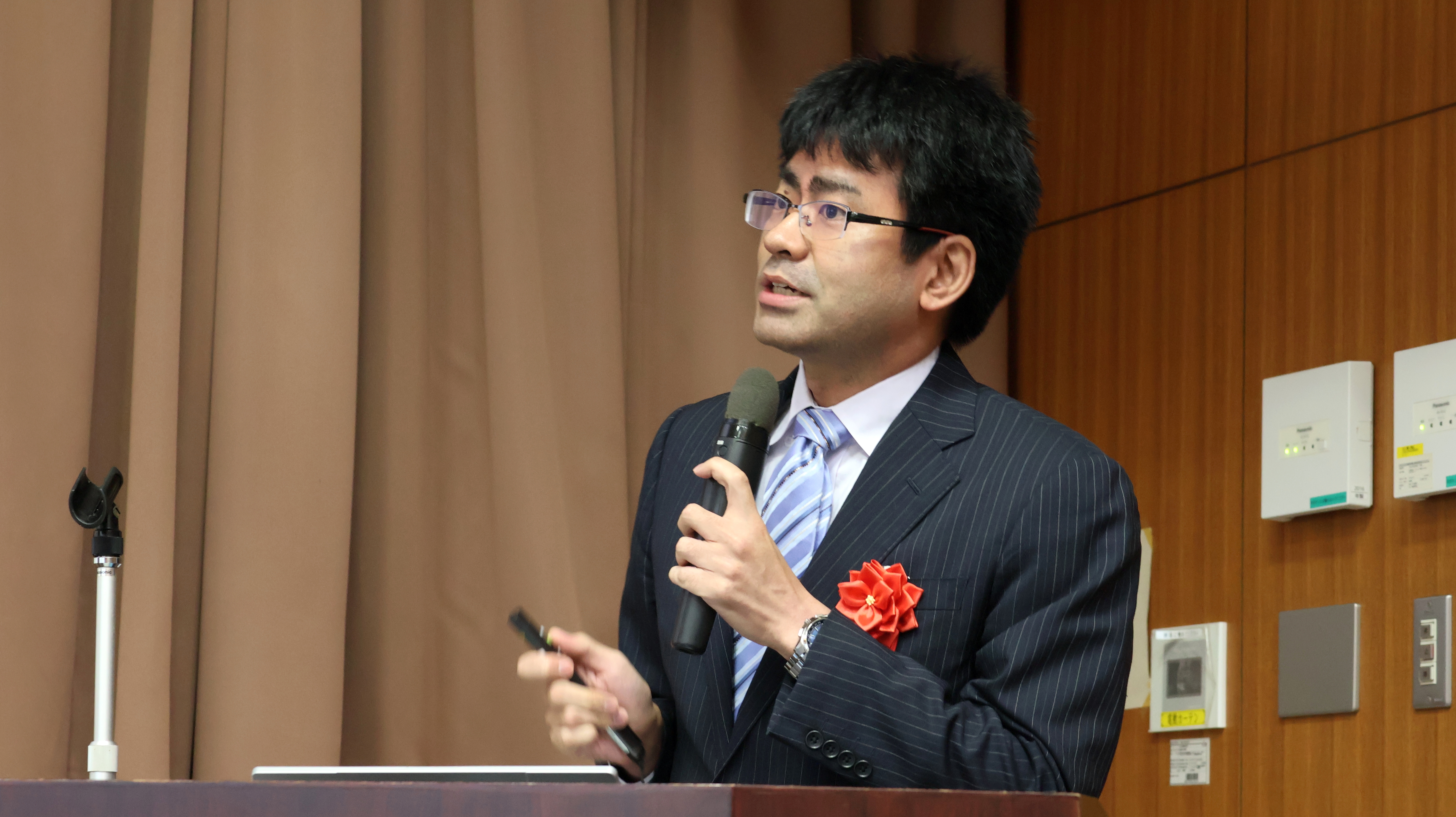


<Assistant prof. HISANO>
Laboratory for Chemistry and Life Science
I am deeply honored to receive the prestigious Science Tokyo Challenging Research Award and the Suematsu Special Award. I would like to take this opportunity to express my sincere gratitude to Professor Atsushi Shishido (Laboratory for Chemistry and Life Science, Institute of Integrated Research) and to all the mentors who have guided me thus far, as well as to the collaborators and students who have played an integral part of this research.
Polymers, with their remarkable flexibility, light weight, low cost, and highly tunable functionalities, have long been used in a broad range of applications — from everyday products to cutting-edge industries. More recently, these unique properties have established them as pivotal materials for next-generation soft devices, demonstrating flexible displays and wearable sensors. However, achieving precise and active control of the multi-scale hierarchical structures—from the molecular level to the macroscopic scale—that govern the performance of polymer materials remains a significant scientific challenge. This research project focuses on the “polymerization space” where the synthetic reaction takes place, combining experimental chemistry with computational science to establish novel methods for precise control of mesoscopic structures. This approach enables one to develop new design principles and techniques that link molecular function with macroscopic material properties, ultimately leading to the creation of functional polymeric materials with unprecedented properties and performance.